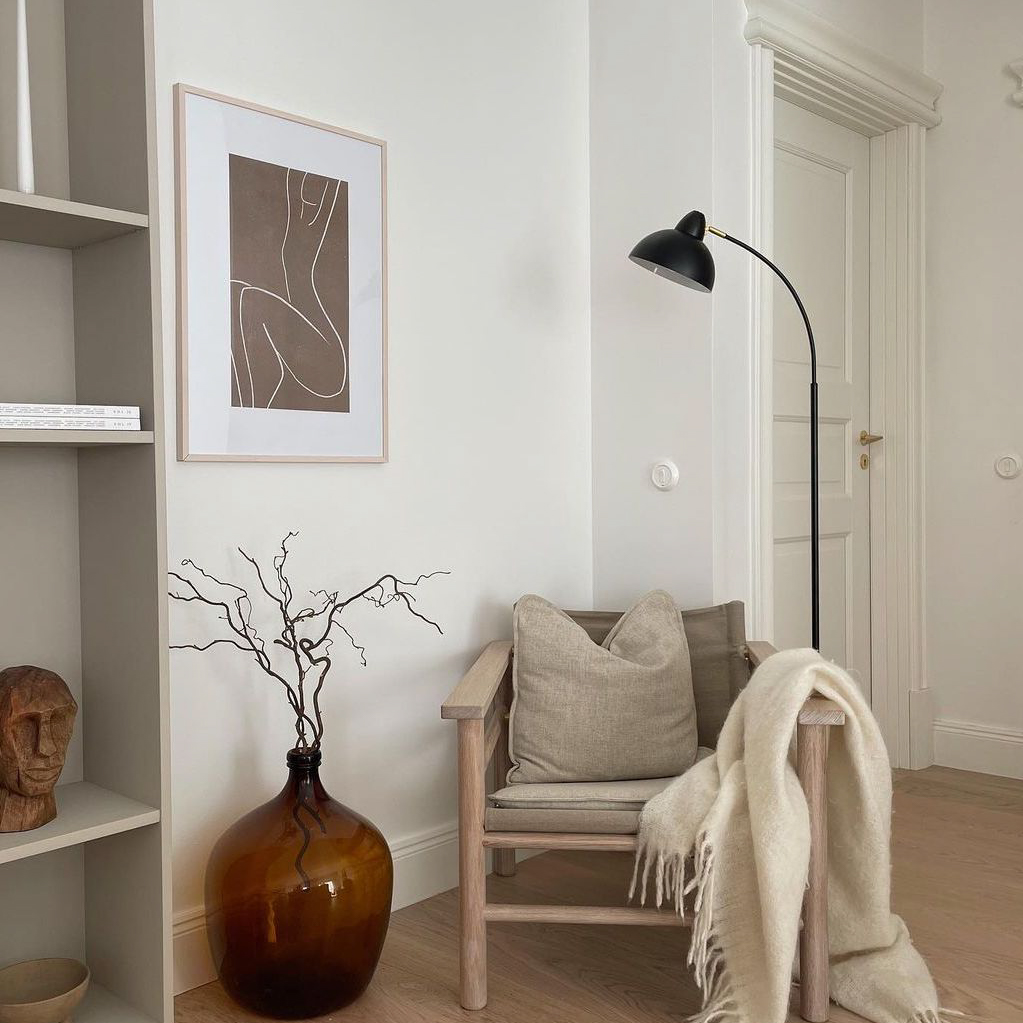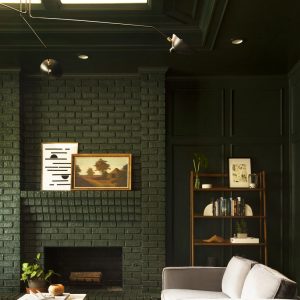Introduction
Lustre Métallique Céramique is a type of metallic ceramic lustre that is known for its brilliant shine and reflective properties. It is a popular choice in high-end pottery and ceramics as it adds a unique depth and dimension to the surface of the material.
In this article, we will explore the history and process of Lustre Métallique Céramique, the techniques used to achieve this lustre, and its applications in contemporary ceramics.
The History of Lustre Métallique Céramique
Lustre Métallique Céramique has a rich history that dates back to the 9th century in Iraq. The ancient potters of Mesopotamia discovered that by adding silver and copper to a glaze, they could create a reflective and metallic finish on their pottery.
This technique soon spread throughout the Middle East and North Africa, where it was further developed and refined. Beautiful examples of Lustre Métallique Céramique can be seen in the ceramics of the Islamic Golden Age, from the 8th to the 13th centuries, where it was used to decorate bowls, vases, and other vessels.
The Process of Creating Lustre Métallique Céramique
The process of creating Lustre Métallique Céramique involves several steps. First, a glaze is applied to the surface of the pottery. This glaze can be made from various materials, including silica, feldspar, and kaolin.
Next, a metallic oxide, such as gold, silver, or copper, is mixed with a reducer, such as gum arabic or sugar, to create a paste. This paste is then applied to the glazed surface of the pottery, usually with a brush or a sponge.
The pottery is then fired in a kiln at a low temperature, usually around 800°C. This firing causes the metallic oxide to reduce and bond with the glaze, creating a thin film of metallic particles on the surface of the pottery.
A second firing, at a higher temperature of around 1,000°C, is then carried out to fix the metallic film and enhance its lustre.
Techniques Used to Achieve Lustre Métallique Céramique
There are various techniques used to achieve Lustre Métallique Céramique, each with its own unique effects and characteristics.
Some of the most commonly used techniques include:
- Carousel Firing: In this technique, the glazed pottery is placed on a rotating carousel in the kiln. This creates a centrifugal force that causes the metallic particles to gather and create a pattern on the surface of the pottery.
- Burnishing: This technique involves polishing the surface of the pottery before applying the metallic paste. This creates a smoother and more reflective surface that enhances the lustre of the metallic film.
- Stippling: Stippling involves using a brush or a sponge to apply the metallic paste in a stippled pattern. This creates a textured surface that reflects the light in different directions.
Applications of Lustre Métallique Céramique
Lustre Métallique Céramique has a wide range of applications, from traditional pottery and ceramics to contemporary art and design.
In traditional pottery, Lustre Métallique Céramique is often used to decorate bowls, vases, and other vessels. It adds a unique depth and dimension to the surface of the material, creating a sense of luxury and elegance.
In contemporary art and design, Lustre Métallique Céramique is used in a variety of ways, from sculpture to furniture. It adds a modern and sophisticated touch to any piece, and its reflective properties create a mesmerizing effect that draws the viewer in.


